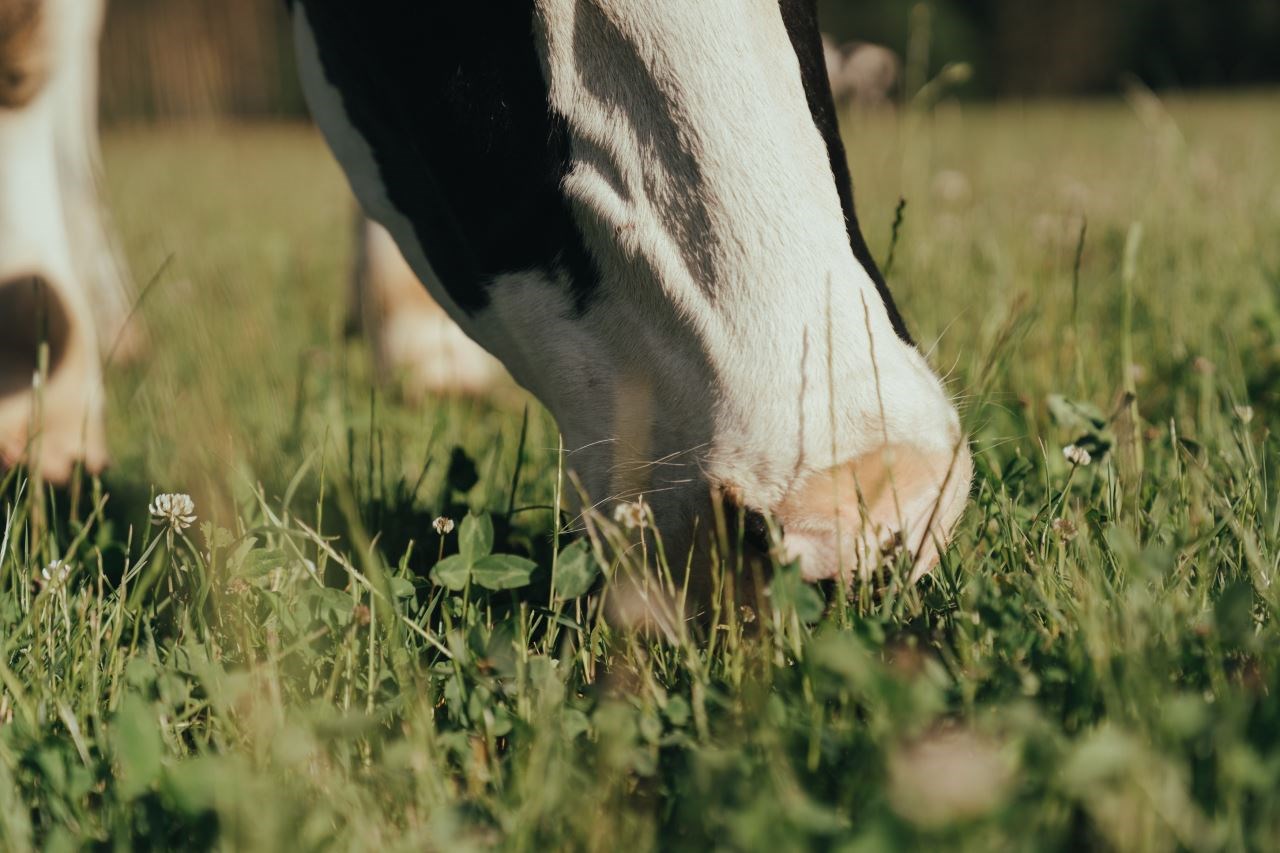With the recent weather conditions grazing seems like a distance memory. However, with improved weather and ground conditions we could be grazing cows in 6 weeks. Therefore now is the time to prepare your paddocks, tracks and start measuring your grass.
Covered in this section - Things to consider
- Fencing
- Cow Tracks
- Water trough conditions and drinking space
- Buffer diets for the transition to grazing
- Agri-Net - start measuring grass
Fencing
Where ground conditions allow, now is the time to maintain and establish new fences ahead of the grazing season. You should also consider if your paddocks are the right size for the herd size and whether temporary fences are required to improve grazing management and utilisation of the grass?
Grass tracks
The maintenance of cow tracks is crucial for them to perform in terms of cow flow and cow comfort.
- The top of the track should be replaced with fine stone, organic material and we are seeing astroturf laid on the top of the track working extremely well and improving cow flow.
- Ensure there are no sharp edges on the track.
- Make sure that tracks drain well.
- Problem areas such as gateways should be identified and options such as rotation of field entrances and exits, or wider openings should be considered.
- Tracks should be fenced with single strand or double if used for youngstock of high tensile electric wire. Barbed wire is not suitable for cow tracks.
Cow track size requirements:
| Number of Cows in the herd | Minimum width of the track (surfaced) |
|---|---|
| 200 | 4m |
| 300 | 5m |
| 400 | 6m |
| 500 | 7m |
Indication of track problems include:
- Increased lameness during the grazing season.
- High levels of sole bruising, foul in the foot and white line disease.
- Bottlenecks in the cow flow during herding.
- Cows tending to walk along the verges or single line.
- Cows walk slower than 3 miles per hours on track.
Water Troughs - Water is the key!
- Are you sure that all water troughs are working and providing clean, fresh water?
- Have cows got access to plenty of water troughs?
- Do troughs fill up quickly enough to cope with the number of cows?
Buffer Diets
Having the correct buffer diets in place for the transition to grazing is key. Testing your grass regularly will ensure we can balance the diets throughout the grazing season. Ensure you have magnesium in stock to start supplementing cows before turnout to prevent grass staggers. The grass will be very low in available magnesium as the grass growth rates increase.
Agrinet
Starting to measure grass in the next couple of weeks will allow you to monitor how the growth rates are improving. You can then plan to ensure the grass wedge is maintained and enough grass to maintain the herd once turned out. You can also match the kg/grazing/cow to buffer diets adjusted throughout the season.
The regular measurement of grass combined with frequent movement of animals between paddocks will result in a farm growing more tonnes of a high quality grass. Since grazed grass is the cheapest and a high quality form of feed this will result in higher farm profits.
If you would like assistance setting up AgriNet, training in plate metering and interpreting results, please do not hesitate to contact the DGCL team.
Want a structured approach to your business, but not sure where to start?
Taking your system back to basics and setting clear objectives can often help focus the business and highlight how best to grow and improve long term.
If you would like support on how to de-clutter and focus your farming system, please contact us and one of our consultants would be happy to advise you further.



